Understanding dashboard warning lights in your BMW 6 Series is essential for maintaining vehicle safety and preventing costly damage. These lights alert you to potential issues ranging from minor notifications to critical problems that could lead to breakdowns or accidents.
By recognizing them early, you can take prompt action to ensure safe driving and proper maintenance.
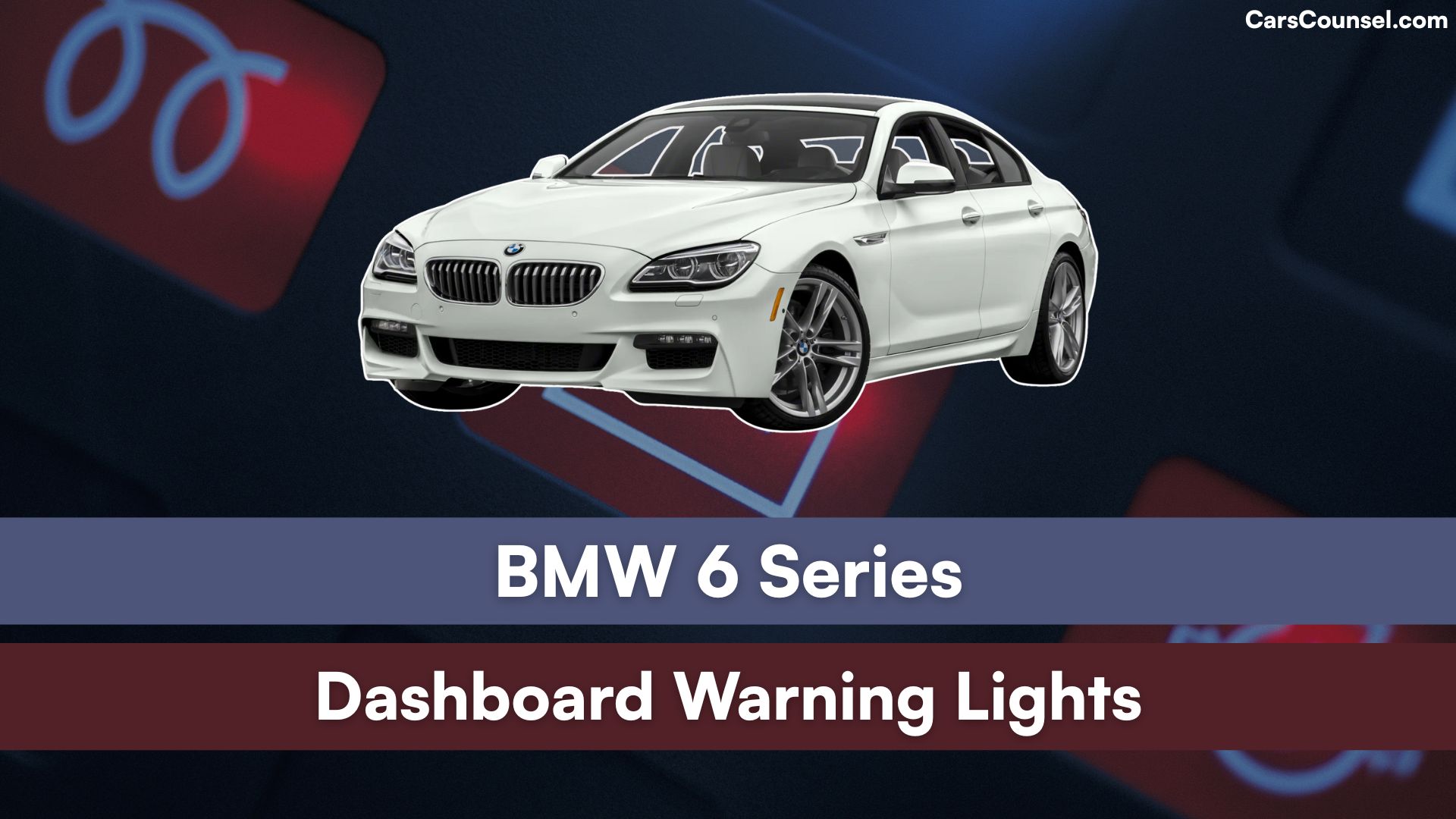
Quick Navigation
Red (Stop Immediately)
Brake System
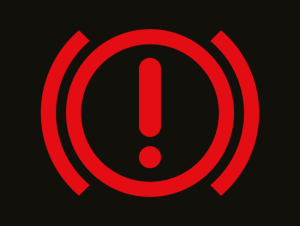
This light signals a problem with the brakes, such as low fluid or a hydraulic issue. It warns of reduced stopping power, which could cause accidents. Stop the car safely right away and call a mechanic for help.
Engine Oil Pressure

Low oil pressure or engine overheating triggers this light. It means the engine isn’t getting enough lubrication, risking serious damage. Pull over immediately, check the oil level, and do not drive until fixed.
Engine Coolant Temperature
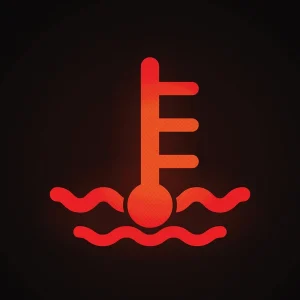
This indicates the engine is overheating, often due to low coolant or a leak. Overheating can warp engine parts. Stop driving at once, let the engine cool, and add coolant if needed before seeking repairs.
Battery Charging System
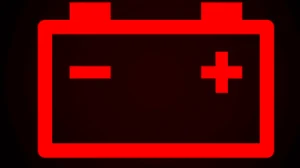
A fault in the charging system, like a failing alternator, causes this light. The battery won’t recharge, leading to a dead battery. Stop the vehicle soon and have the system checked to avoid being stranded.
Airbag System

This light means the airbags or seatbelt tensioners may not work in a crash. It could be due to a sensor fault or wiring issue. Stop and visit a service center immediately for safety checks.
Steering Lock
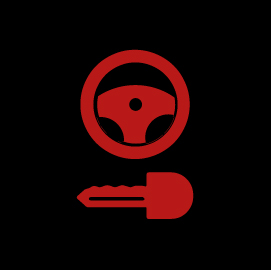
A red light here points to a failure in the steering lock mechanism, which is an anti-theft feature. It might lock the wheel while driving. Pull over carefully and call for roadside assistance right away.
ABS Malfunction
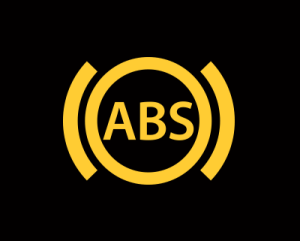
The anti-lock braking system isn’t working, caused by sensor or hydraulic problems. Brakes may lock up during hard stops. Stop driving and get it repaired to restore safe braking.
Transmission Fault

This signals a serious issue in the transmission, like overheating or fluid loss. It can lead to gear failure. Stop the vehicle and have it towed to a service center for diagnosis.
Diesel Particulate Filter Critical
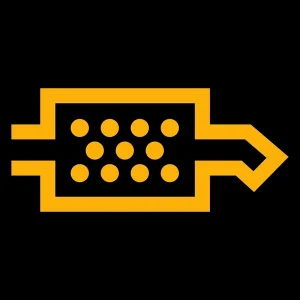
For diesel models, this red light means the filter is blocked, risking engine damage from exhaust buildup. Stop immediately and have the filter cleaned or replaced.
Power Steering Failure

Loss of power steering assistance, often from low fluid or pump failure, makes steering hard. Pull over safely and avoid driving until the system is inspected.
Brake Fluid Low

Low brake fluid level activates this light, possibly from a leak. It reduces braking effectiveness. Stop right away and top up fluid or fix the leak before continuing.
Seatbelt Reminder Critical
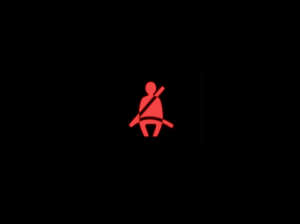
This red light flashes if seatbelts aren’t fastened, reminding for safety. Unbuckled belts increase injury risk in crashes. Stop and ensure all passengers buckle up.
Door Ajar Serious
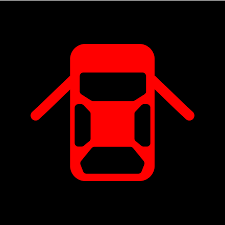
A door not fully closed triggers this, but red means a latch failure risking it opening while driving. Pull over, secure all doors, and check for damage.
ESP System Failure
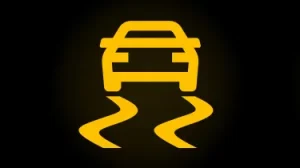
Electronic stability program isn’t functioning, due to sensor issues, affecting traction control. Stop and have it fixed to prevent skids on slippery roads.
Glow Plug System Fault
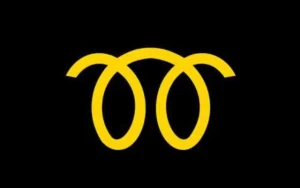
In diesel engines, this red light indicates glow plugs aren’t heating properly, causing hard starts or engine damage. Stop and consult a mechanic immediately.
Yellow/Amber (Action Required Soon)
Check Engine
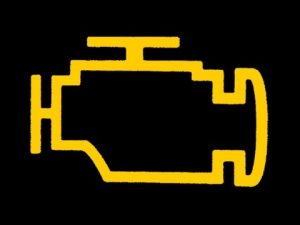
This light appears for various engine issues, like sensor faults or emissions problems. It warns of potential inefficiency or damage. Schedule a service visit soon to diagnose and fix.
Tyre Pressure Monitor
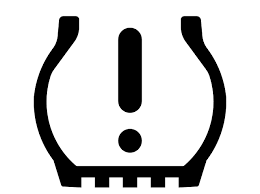
Low tyre pressure or a puncture causes this. Underinflated tyres reduce handling and fuel efficiency. Check pressures soon and inflate or repair as needed.
Brake Pad Wear

Worn brake pads trigger this, meaning they’re thin and less effective. Continued driving risks metal-on-metal contact. Replace pads soon to maintain safe stopping.
Coolant Level
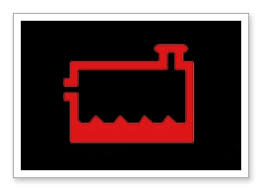
Low coolant fluid causes this, possibly from a small leak. It risks overheating if ignored. Top up coolant and monitor for leaks before a full check.
Diesel Exhaust Fluid
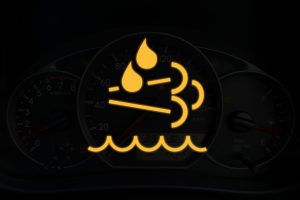
For diesel models, low DEF fluid levels light this up. It’s needed for emissions control. Refill the DEF tank soon to avoid engine power reduction.
ESP/DSC System
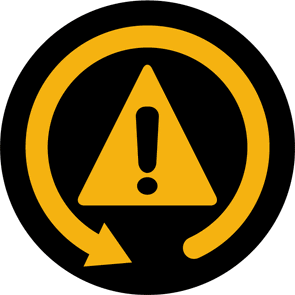
Stability control has a temporary issue, like wheel slip detection fault. It affects handling in bad weather. Take to a service center for repairs soon.
Transmission Temperature
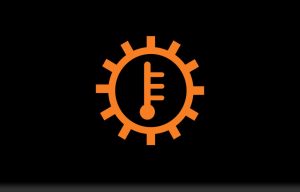
Overheating transmission fluid triggers this. It can stem from heavy loads or low fluid. Allow cooling and check fluid levels soon.
Service Vehicle Soon
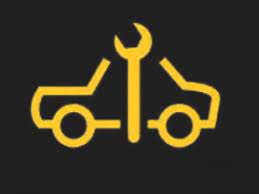
This signals routine maintenance is due, like an oil change. Ignoring it leads to wear. Schedule a service appointment promptly.
Green (Information Only)
Turn Signal
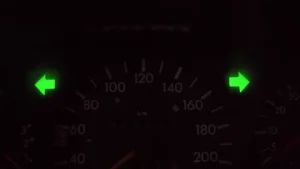
This flashes when turn signals are on, indicating direction to other drivers. It reminds you they’re active. No action needed unless it malfunctions.
Headlamp On
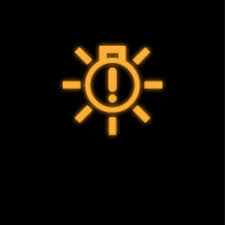
Shows headlights are activated for better visibility at night. It’s just informational. Turn off when not needed to save battery.
High Beams

Indicates high beams are in use for long-distance lighting. Reminds you to dim for oncoming traffic. Switch to low beams as appropriate.
Fog Lights
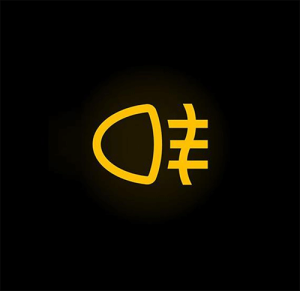
This lights up when front or rear fog lights are on, aiding visibility in fog. It’s for information. Turn off in clear conditions.
Cruise Control Active
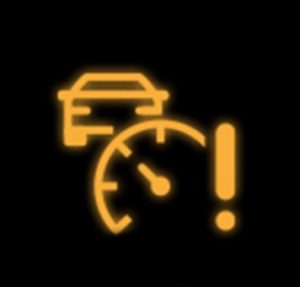
The system is maintaining a set speed. It informs you of hands-free speed control. Adjust or deactivate as driving conditions change.
Eco Mode Engaged
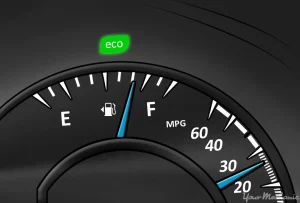
Fuel-saving mode is active, optimizing engine and transmission for efficiency. No action required; it’s just confirming the mode.
Automatic Hold

The brake hold feature is on, keeping the car stopped without foot on brake. Informational for convenience in traffic.
Daytime Running Lights
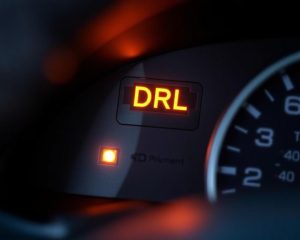
These lights are automatically on for daytime visibility. No need to act; they’re for safety.
Lane Departure Assist
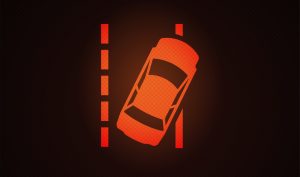
The system is monitoring lanes and ready to alert if drifting. It’s active information; no immediate action.
Manual Speed Limiter
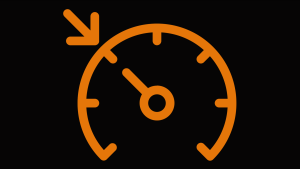
Set speed limit is active to prevent exceeding it. Reminds you of the cap; adjust if needed.
Automatic Headlamp Dimmer
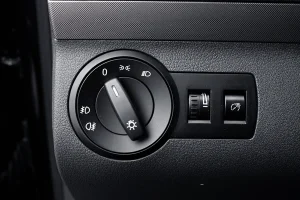
Headlights are auto-adjusting brightness. Informational for convenience; no action required.
Tail Light Indicator
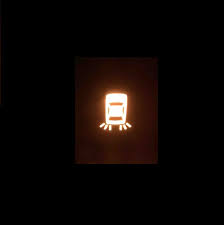
Confirms tail lights are functioning. It’s a status check; ensure they’re on at night.
Side Lights

Parking or side lights are on for low-visibility parking. Turn off when driving away to conserve energy.
When looking at BMW, make sure to check out our guides on models like the BMW iX3, BMW 8 Series, BMW 7 Series, and BMW 5 Series. Understanding dashboard warning lights is essential. Our expert reviews break down what each light means, highlighting common alerts for these models and what they could signal about underlying issues, so you’re never left guessing behind the wheel.

